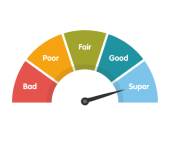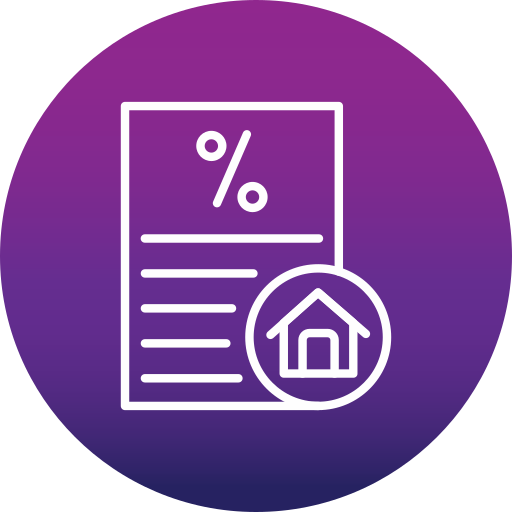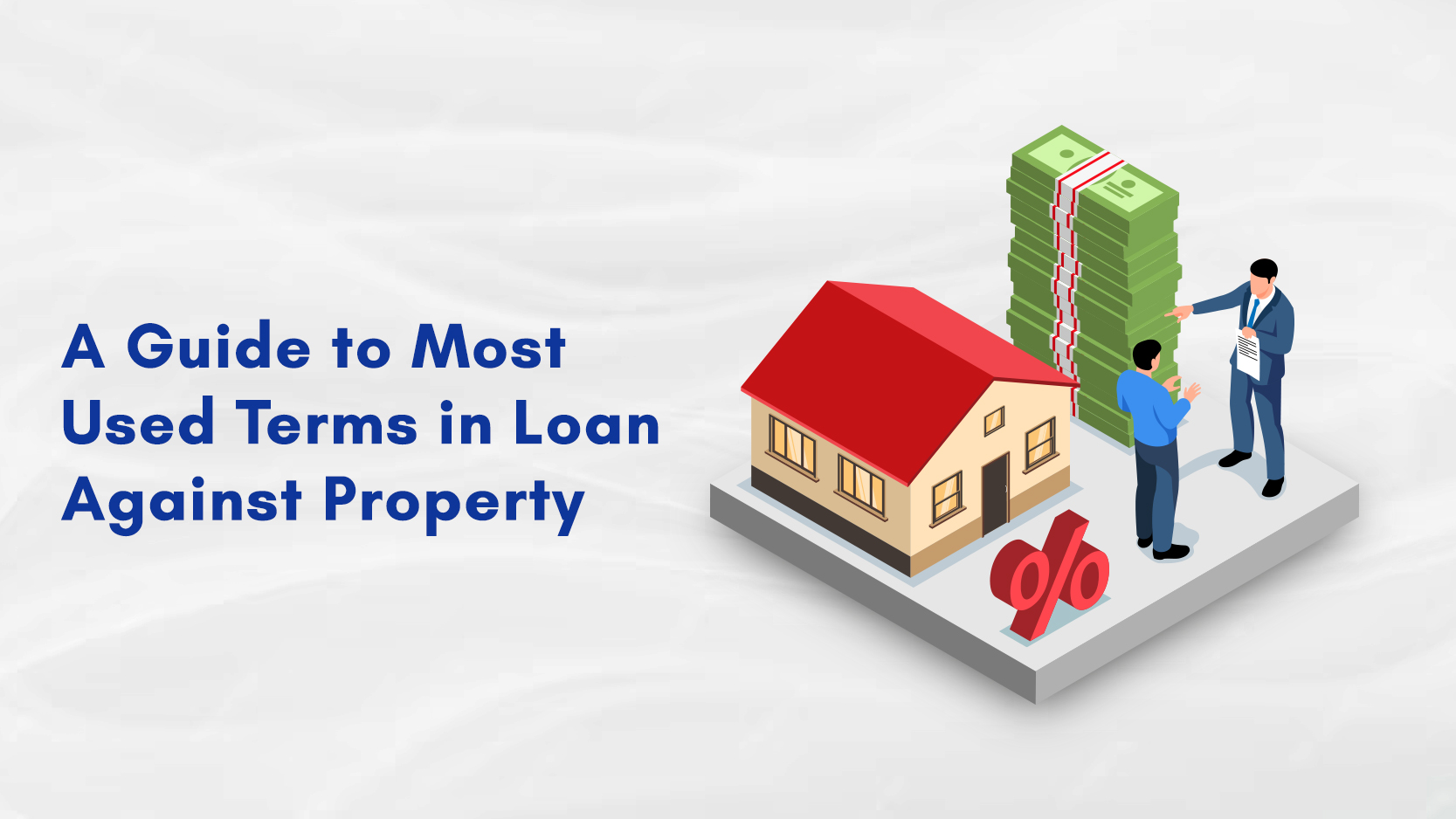Special Offers




Special Offers




17-Jun-2024 | Loan Against Property

Loan against Property (LAP) is a popular financial product in India, allowing individuals to leverage their property's value to meet various financial needs. Whether it is funding a business venture, education expenses, or consolidating debts, LAP provides a convenient solution. This financial product is also known as Property Loan, Mortgage Loan, and Collateral Loan. However, understanding the terms associated with LAP is crucial for making informed decisions. Let us delve into some of the most commonly used terms in Loan against Property.
Loan Against Property, as the name suggests, is a secured loan where an individual pledges their property (residential or commercial) as collateral to avail a loan from a financial institution.
Most financial institutions accept residential properties as collateral for LAP. However, the property should have clear titles and be free from any legal disputes. Property types include Self-Occupied Residential Property (SORP) and Rented Residential Property (RRP).
Eligibility for LAP varies among lenders but generally depends on factors such as the value of the property, the borrower's income, age, credit history, and repayment capacity.
Loan to Value Ratio (LTV): LTV is the ratio of the loan amount to the appraised value of the property. Higher LTV ratios imply higher risk for the lender.
FOIR (Fixed Obligation to Income Ratio): FOIR is a measure used by lenders to evaluate a borrower’s repayment capacity. It is the ratio of the borrower's fixed monthly obligations (including the proposed EMI) to their net monthly income.
Interest Rate: The interest rate on LAP can be fixed or floating and varies depending on market conditions, the borrower's creditworthiness, and loan tenure.
Processing Fees: These are fees charged by the lender for processing the loan application. It is usually a percentage of the loan amount and is non-refundable.
Loan Tenure: Loan tenure refers to the period over which the borrower agrees to repay the loan. Longer tenures result in lower EMIs but higher overall interest payments.
Prepayment Charges: Prepayment charges are levied by lenders if the borrower decides to repay some part of total loan amount before the completion of the loan tenure.
Foreclosure Charges: Foreclosure charges are similar to prepayment charges but specifically refer to the penalty for paying off the entire loan amount before the end of the tenure.
EMI (Equated Monthly Installment): EMIs are fixed monthly payments made by the borrower to repay the loan. It comprises both principal and interest components.
Amortisation Schedule: An amortisation schedule is a table detailing each periodic payment on an amortising loan. It shows the amount of principal and the amount of interest that comprise each payment until the loan is paid off at the end of its term.
Applicants typically need to submit documents such as identity proof, address proof, property documents (including the sale deed and conveyance deed, surviving member certificate, and relinquishment deed), income proof, and bank statements.
LAP offers competitive interest rates compared to unsecured loans like personal loans. It provides substantial loan amounts with flexible repayment options. Additionally, the mortgage creation required before loan disbursement adds a layer of security for both the lender and the borrower.
LAP can be used for various purposes, such as funding business ventures, covering education expenses, consolidating debts, or even for personal requirements. This flexibility is one of the significant advantages of LAP.
Unlike personal loans, which are unsecured and typically come with higher interest rates, LAP is a secured loan, offering competitive interest rates and higher loan amounts. Compared to housing loans, which are used specifically for purchasing or constructing a house, LAP provides more flexibility in terms of end-use.
Applying for LAP involves filling out an application form, submitting necessary documents, and undergoing property valuation by the lender.
Borrowers should evaluate factors such as interest rates, loan tenure, processing fees, prepayment charges, and foreclosure charges before opting for LAP.
Borrowers should maintain regular EMI payments, avoid defaulting on the loan, and periodically review their financial situation to ensure timely repayment.
Loan Against Property is a multipurpose financial product that provides individuals with access to substantial funds by leveraging their property. Understanding the terms associated with LAP is essential for making informed borrowing decisions and managing the loan efficiently. By being aware of these terms and considerations, borrowers can take full advantage of the benefits LAP offers while mitigating potential risks.